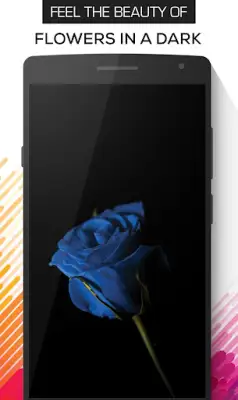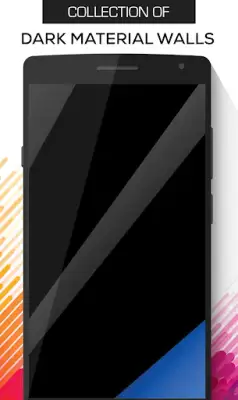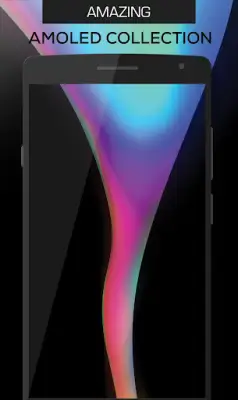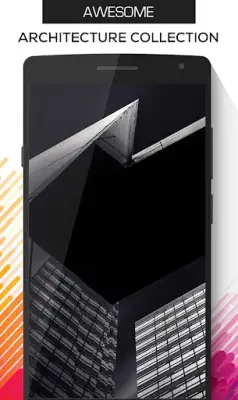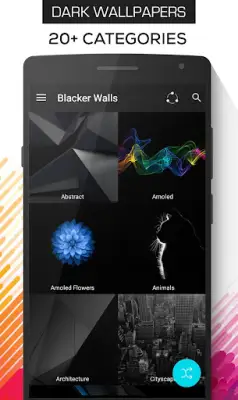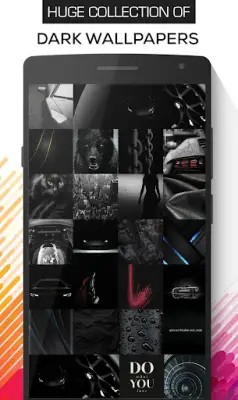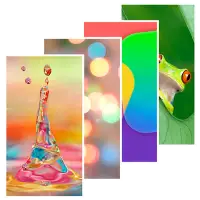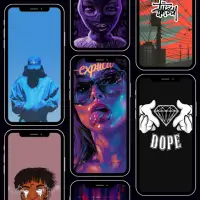Latest Version
3.0
February 15, 2025
AlphaOne
Personalization
Android
1
Free
com.blacker.darkwallpapers
Report a Problem
More About Blacker Wallpapers in 4K
The application 'Black Wallpapers' presents a unique opportunity for those utilizing devices with AMOLED displays. By using a black background, users can significantly reduce the amount of light emitted from their screens, which in turn helps to conserve battery life. Research suggests that the more black an AMOLED display shows, the greater the power savings, potentially leading to battery life extensions of 12-18%, varying based on display type and device specifications. This makes the app not only a choice for aesthetics but also for practicality.
Featuring over 1000 different black wallpapers, this application is designed for variety and continuous updates, with new wallpapers added daily. Each wallpaper has been crafted to ensure it fits perfectly on any screen, accommodating widgets and various resolutions. The extensive collection is complemented by well-organized categories, making it easy for users to find and enjoy their favorite dark-themed backgrounds.
The app comes packed with features that enhance user experience. Users can mark their favorite wallpapers, share them with others, or save them for easy access later. The interface boasts a beautiful design with a material dark theme that aligns with the overall purpose of the app. Additionally, users can enjoy wallpapers in ultra HD quality, utilize a slideshow feature, and adapt wallpapers to their preferences through cropping and zooming options. With the promise of new high-quality wallpapers each day, the app ensures a fresh experience regularly.
Black Wallpapers is not just a wallpaper app; it encourages customization and personal expression through its various features, which are all free to users. It also fosters community interaction by allowing users to request and submit wallpapers while offering a random wallpaper feature for spontaneity. The developers emphasize their commitment to providing a delightful experience, ensuring that users will find joy each time they view their device screens. Moreover, the app adheres to copyright principles by using images from public domains or those licensed under Creative Commons, offering an avenue for users to address any content crediting concerns readily.
Rate the App
User Reviews
Popular Apps











